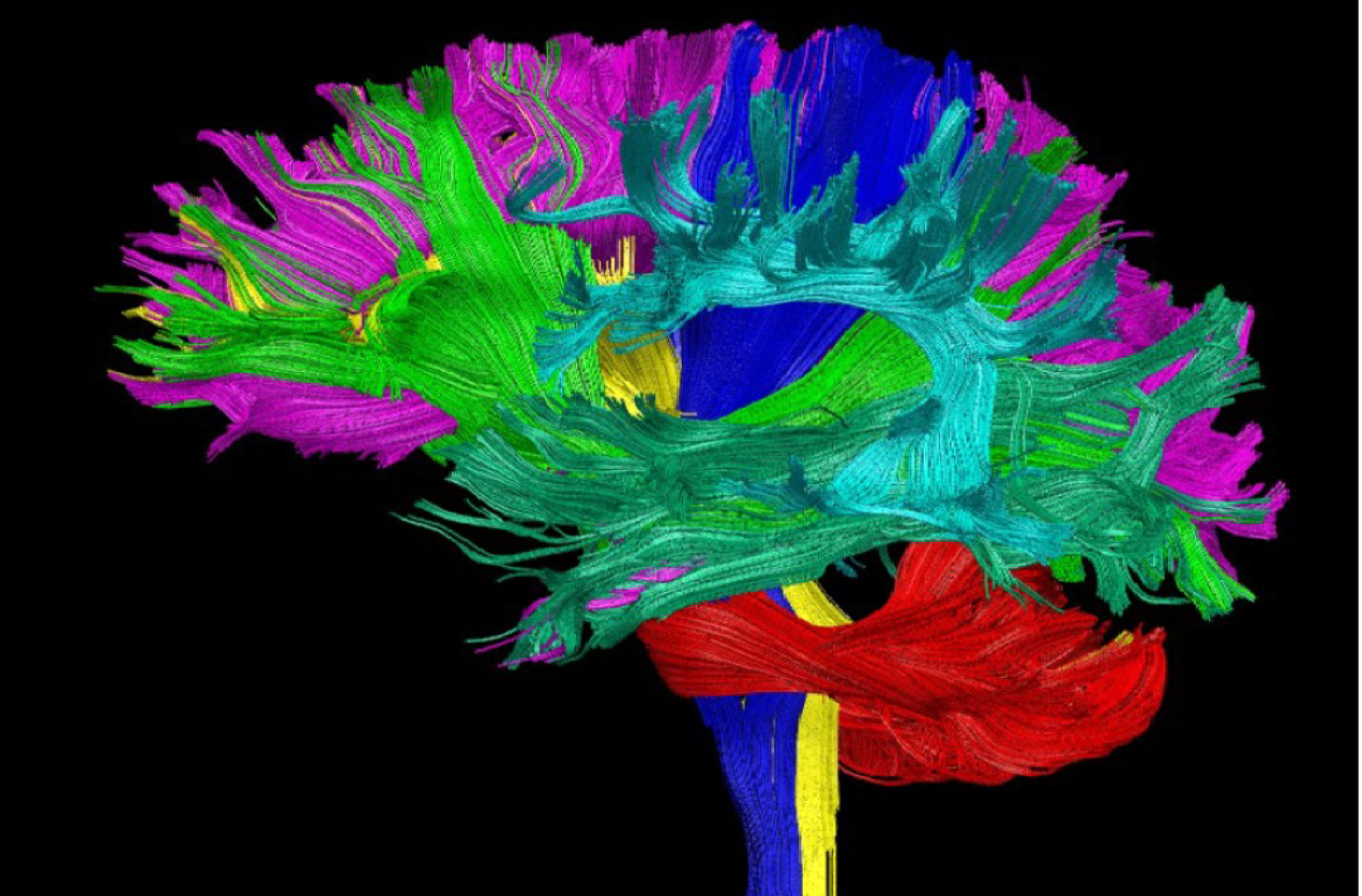
PHILADELPHIA-Penn Medicine researchers are seeking new biomarkers for traumatic brain injury (TBI), with the hope of testing new TBI treatments in clinical trials. By understanding the underlying pathology of different brain injuries and how they cause symptoms, clinicians may be able to provide informed counseling and potentially prescribe treatments that speed up recovery times and prevent some long-term effects of TBI.
The work will be driven by the Center for Brain Injury and Repair (CBIR), using an $8 million grant from the Department of Defense to identify and study the TBI biomarkers. Douglas H. Smith, MD, a professor of Neurosurgery, and Ramon Diaz-Arrastia, MD, PhD, a professor of Neurology, both of the Perelman School of Medicine at the University of Pennsylvania, will establish a PROgram to Characterize Evolving Endophenotypes of Degeneration after TBI (PROCEED TBI).
"We currently treat individuals with brain injuries based on the severity of their symptoms, rather than by addressing their specific forms of brain damage. It would be like treating patients with a fever depending on how high their temperature was, instead of treating the underlying infection," said Smith. "Common symptoms of brain injuries, like memory loss, headaches, problems with motor function or vision can be caused by damage to several structures in the brain, such as blood vessels or nerves. If we can identify biomarkers of the different types of brain injuries, we hope to be able to enroll patients in clinical trials for treatments that address their specific injury, and hopefully develop treatments and protocols that help them recover more effectively."
A TBI can be caused by a bump, blow, or jolt to the head or by a penetrating injury (such as from a gunshot) to the head. There are several ways a TBI can damage the brain, such as diffuse axonal injury (DAI), or damage to the nerve fibers in the brain's white matter, or a hemorrhage, which is bleeding caused by shearing and laceration of blood vessels.
According to the Centers for Disease Control (CDC), there were more than 214,000 TBI-related hospitalizations in 2020, and over 69,000 Americans died from TBI-related injury in 2021. Anyone can experience a TBI, but data suggest that some groups are at greater risk of dying from a TBI or experiencing long-term health problems after the injury, including service members and veterans, racial and ethnic minorities, and individuals with lower socioeconomic status. Many individuals who survive TBI experience long-term health problems, such as seizures, neurodegenerative diseases, dementia, psychiatric diseases depression, sexual dysfunction, and bladder and bowel control problems.
PROCEED TBI builds on the foundational research from Penn Medicine over the past several decades which identified the mechanisms causing DAI, the most debilitating aspect of traumatic brain injury and cause of post-injury coma. The program will evaluate pathological changes over 6 months after TBI, using a large database of human TBI post-mortem brains, MRI scans and blood samples from living humans with TBI, and large animal models.
PROCEED TBI has four parts: First, researchers aim to identify major forms of brain damage after TBI, including degeneration of nerve tracts and persisting damage to blood vessels; second, they will evaluate how effectively imaging techniques, like MRI, can detect these pathologies; third, researchers will identify which blood biomarkers indicate the presence of each different brain injury; fourth, the project will determine how imaging and blood biomarkers correspond to the severity of injury and symptoms, and identify targets for future therapies.
"Our hope is that with these advanced brain imaging and blood biomarker tools, we can understand how a traumatic brain injury impacts each individual's brain and their recovery process," said Diaz-Arrastia. "In a perfect world, these biomarkers would be able to help us measure the degree to which each person's brain is injured, and whether or not they are at higher risk for long-term effects, so that we could prescribe the proper treatments right away, rather than treating symptoms as they present down the line."






